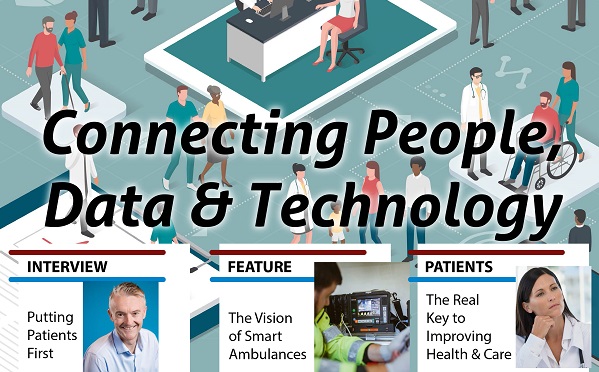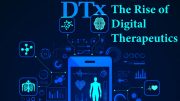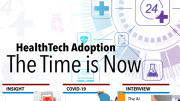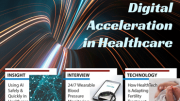People, Data and Technology are the future of healthcare delivery. Each is becoming ever more dependent upon the other two, and it is only through the implementation of strategies that balance these elements that meaningful improvement can be achieved.
Read our FREE Editor’s Picks Edition >>
Subscribe to read this, and every, issue in full >>
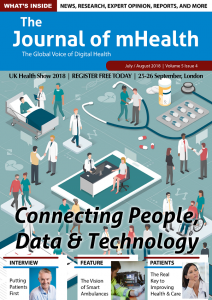 In this issue we consider the role technology can have in improving the connections within healthcare systems. We discuss how data can flow between systems and different stakeholders, and we highlight the importance of the human factor. Technology and data should be enabling clinicians, and patients, to make better informed decisions, to communicate in more effective ways and support the delivery of care, but the human factor should always be the starting point.
In this issue we consider the role technology can have in improving the connections within healthcare systems. We discuss how data can flow between systems and different stakeholders, and we highlight the importance of the human factor. Technology and data should be enabling clinicians, and patients, to make better informed decisions, to communicate in more effective ways and support the delivery of care, but the human factor should always be the starting point.
We begin our discussion with an insightful feature that considers the concept of the ‘smart’ ambulance, and how ‘data-empowered’ paramedics, and innovative technology, can work hand-in-hand to shape the future of the ambulance service.
David Southern, managing director Spirit Access and Emma-Jane Roberts, managing director Spirit Digital, outline how collaboration across the healthcare spectrum – from pharma to commissioners, primary care and patients – is key to maintain long-term patient health and wellbeing, and develop new ways of working to leverage capacity in a shrinking work force.
We also speak to Greg Makoul, Founder & CEO of PatientWisdom, an expert in doctor-patient communication – who is internationally recognised for radical common sense and taking a patient-centered approach to innovation – about how patients are the real key to improving health and care.
And finally, as part of our Executive Series – which includes insight and expert opinion from leading figures across the HealthTech industry – we spoke to Tim Davis, Vice President, Digital Patient at ERT and Alex Butler Co-founder of Foundry³ to discover how they are collaborating to deliver rich, adaptive digital health programs to help patients better manage their conditions and ultimately improving health outcomes.

